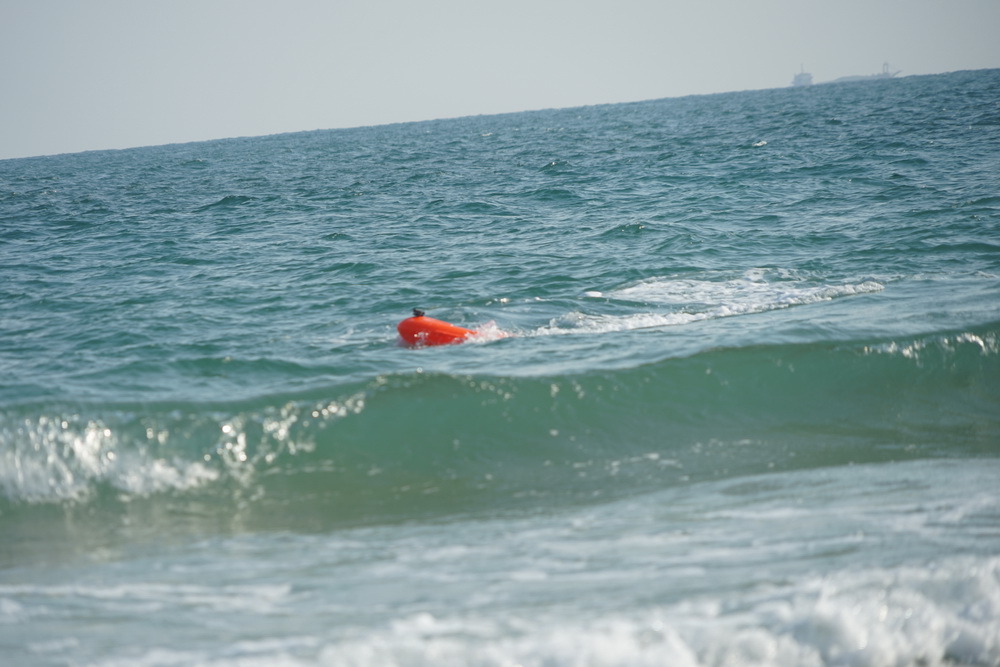Water Surface Remote Rescue Robot Infrared Positioning Technology Explained: Precise Positioning to Safeguard Lives
In the field of modern water rescue equipment, water surface remote rescue robots are increasingly becoming a vital complement to traditional rescue methods due to their efficiency, intelligence, and safety. Among their core functionalities, infrared positioning technology significantly enhances search and rescue efficiency and accuracy in complex aquatic environments. This article provides an in-depth analysis of the working principles, application scenarios, and technical advantages of infrared positioning technology in water surface remote rescue robots.
Water Surface Remote Rescue Robot Infrared Positioning Technology Explained: Working Principle Analysis
Infrared positioning technology operates on thermal imaging principles, identifying targets by detecting temperature differences between the human body and the water surface. Equipped with high-sensitivity infrared thermal imaging cameras, water surface remote rescue robots can clearly detect infrared radiation signals emitted by drowning victims, even in low-visibility conditions such as nighttime, fog, or turbid waters. The system converts collected thermal signals into visible images, which are then transmitted in real time to the operator's terminal via wireless communication, enabling precise long-distance positioning.
Water Surface Remote Rescue Robot Infrared Positioning Technology Explained: Multi-Scenario Application Advantages
In practical rescue operations, the infrared positioning system integrated into water surface remote rescue robots demonstrates exceptional adaptability. Whether responding to nighttime drowning incidents or conducting search missions under adverse weather conditions, this technology effectively penetrates visual obstructions and quickly locks onto target locations. Especially in large water bodies, river estuaries, or offshore rescues, infrared positioning drastically reduces search time and increases the success rate within the critical rescue window.


 .
.

Water Surface Remote Rescue Robot Infrared Positioning Technology Explained: Intelligent Integration and Future Prospects
Modern water surface remote rescue robots do not rely solely on infrared technology; instead, they integrate it with GPS positioning, AI image recognition, and automatic tracking algorithms. Once the infrared system detects a potential drowning victim, the robot can automatically adjust its course, approach the target, and initiate rescue mode. Looking ahead, with continuous advancements in sensor technology and artificial intelligence, infrared positioning will become even more intelligent and compact, further enhancing the autonomous decision-making capabilities and operational effectiveness of water surface remote rescue robots.
In conclusion, infrared positioning technology is a key enabler for water surface remote rescue robots to perform efficient, all-weather, and all-terrain rescue operations. As a core component of intelligent water rescue equipment, it not only improves rescue speed and safety but also saves precious time in saving lives.




















 Current Position:
Current Position:












